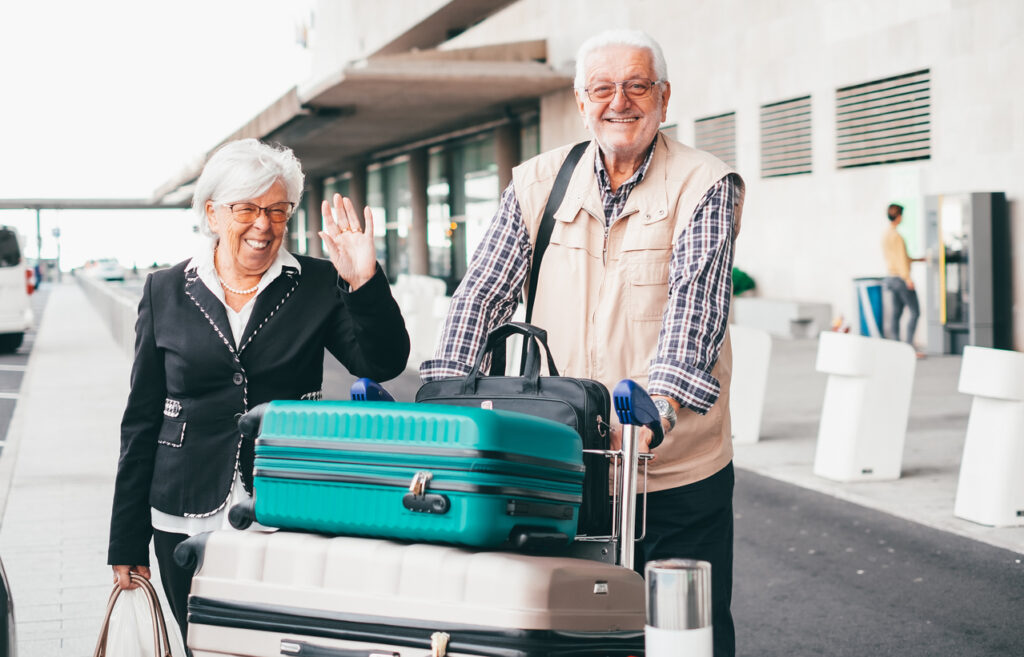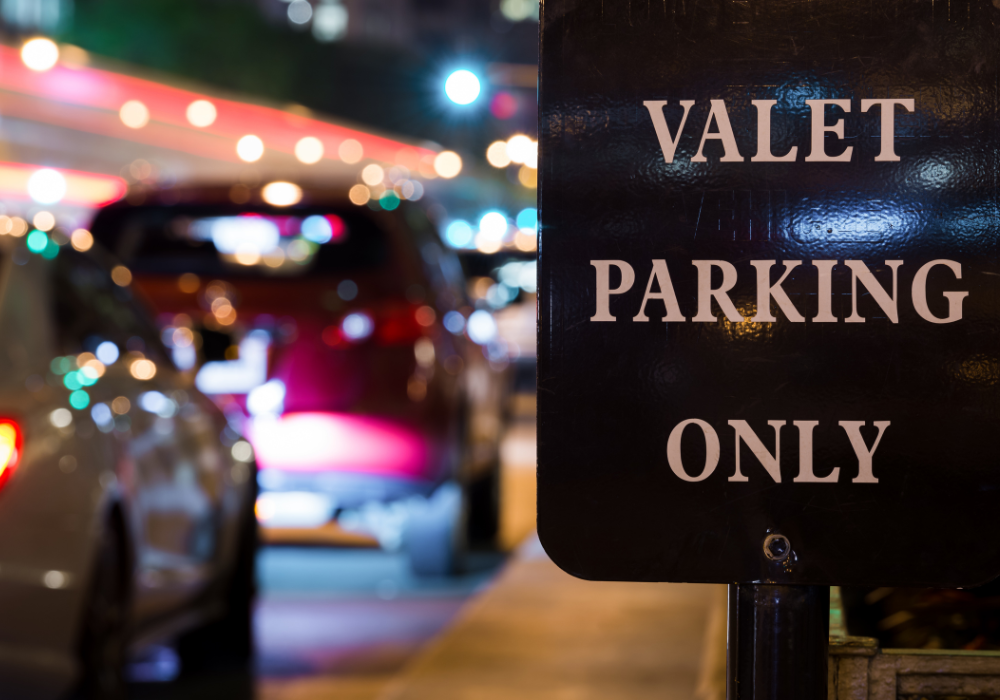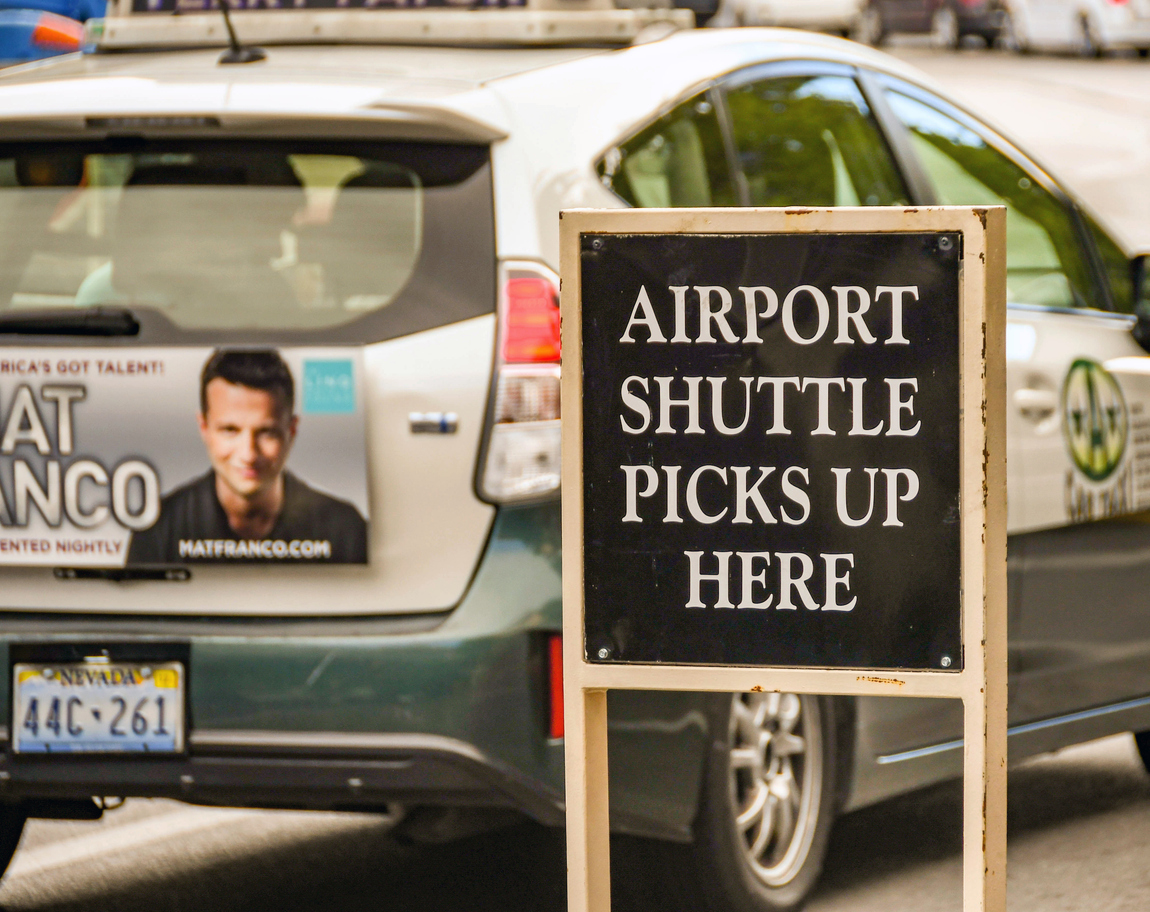Understanding key tipping habits helps navigate American and European service expectations smoothly.

Tipping customs can vary widely between the United States and Europe, causing confusion for travelers and locals alike. In America, leaving a tip is often seen as an essential expression of gratitude for various services, while many European countries include service charges or simply do not expect gratuities in similar situations. Knowing when and how to tip in each context avoids discomfort and respects cultural norms, making interactions more pleasant for everyone involved.
1. Dining at full-service restaurants with table service.

In the US, dining at a full-service restaurant often ends with leaving a tip of 15-20% of the bill, rewarding attentive service from a waiter weaving among tables. This gratuity reflects appreciation for direct, personal service that caters to individual needs.
Across many European countries, tipping at classically set table-service establishments takes a different form. Service charges are frequently included in the bill, representing a built-in appreciation that eliminates the need for separate tips, as mentioned in PR Newswire. The practice underscores varied cultural habits and expectations surrounding service in dining.
2. Receiving a haircut or beauty treatment in a salon.

At a salon in America, gratuities for haircuts or beauty treatments, usually about 15-20%, go to the stylist whose expert hands craft a custom look. It’s an acknowledgment of the personal time and artistry applied to each client.
Conversely, in Europe, tipping is less prevalent for hairdressers, where wage structures may better compensate stylists without relying on tips. While a small tip is still appreciated, it’s not the norm, allowing clients to focus solely on the service experience within local cultural contexts, as stated by Lonely Planet.
3. Taking a taxi or rideshare for short trips.

Hailing a taxi or booking a rideshare in the US commonly involves a tip of 10-15%, a token for the driver who navigates urban snarl or backroad shortcut. This gesture acknowledges the service of safely reaching one’s destination.
Meanwhile, in Europe, taxi tipping is not as entrenched. A small rounding of the fare suffices, reflecting the cultural norm where wages generally encompass livable compensation without the expectation of extra financial recognition through tips, as shared by Medium.com.
4. Ordering takeaway food from a restaurant or café.

Ordering takeaway from an American eatery might include a small tip left at the counter, an extra nod to the hands preparing meals for grab-and-go. This reflects the informal way tips weave into many service transactions.
On the other hand, European takeout culture doesn’t widely anticipate gratuities. The focus remains on the transaction alone, with tipping being less customary. Customers embrace a straightforward exchange without additional monetary gestures, distinctly contrasting with certain American habits.
5. Having hotel room service delivered to your door.

In US hotels, room service frequently involves an added tip alongside the delivery fee, rewarding the server for bringing meals to one’s haven amidst bustling hospitality halls. It’s a nod to individualized attention.
Conversely, in Europe, room service often carries a modest service charge, which encapsulates that gratitude within set costs, avoiding the additional tipping ritual. The system prioritizes transparency and simplicity over discretionary generosity, tuned to different cultural expectations.
6. Accepting help with luggage at hotels or airports.

American luggage handlers in hotels or at airports often receive tips for their service, acknowledging the help in navigating bulky suitcases through vast, bustling terminals. This act is rooted in appreciation for personalized assistance.
In contrast, European travelers often encounter a different practice. Luggage assistance might not involve any gratuity, stemming from varied organizational wage structures. The distinction illustrates how gratitude manifests uniquely across regions, highlighting the differing norms between these cultures.
7. Participating in guided tours or local excursions.

Guided tours in the US usually conclude with a tip for the guide, a token of appreciation for weaving tales of history throughout scenic landscapes or urban blocks. It’s seen as a reward for enriching the experience.
European guides, by contrast, may not expect such gratuity, as professional pay often reflects their effort directly. While a small gesture of thanks can be welcomed, it remains optional. Thus, participants experience tours through diverse cultural lenses, underscoring shifting norms abroad.
8. Asking for assistance with valet parking services.

In America, valet parking services usually garner a tip, reflecting gratitude to the attendant skillfully maneuvering cars in tight spaces. The gesture initiates an exchange that appreciates the attentiveness and care involved in the service.
Whereas in Europe, gratuities for valet services are less common, with gratuities either minimal or unnecessary. The local norms emphasize efficient service without obligatory tipping, showcasing how different societies place varying degrees of importance on such monetary recognition.
9. Using bartenders or cocktail servers for drinks.

American bartenders often receive tips for crafting cocktails or swiftly sliding beers across gleaming counters. The gratuity rewards their precision and attention, defining the local service landscape.
However, in Europe, tipping for bar service takes a subtler shape, often limited to rounding up to the nearest euro or pound at most. That choice reflects differing expectations, where the focus leans towards experiencing the drink itself over supplementary acknowledgment of the server.
10. Hiring movers or furniture delivery personnel.

Movers or furniture delivery personnel in the US typically see tips as thanks for their hard work lugging hefty pieces around tight corners or up flights of stairs. It’s a tangible acknowledgment of the physical demands of their work.
In many European contexts, tipping such workers might be less anticipated, where employment conditions encompass more comprehensive compensation. That contrast highlights a cultural shift towards valuing the service through structural support rather than informal additional payments.
11. Engaging private drivers for airport pickups or transfers.

Private drivers for airport pickups in the US often receive tips, complementing the service of a smooth, timely transfer across sprawling tarmac to city destinations. It’s seen as rewarding their promptness and professionalism.
While in Europe, tipping private drivers remains a less consistent practice. Here, the fare itself often reflects full appreciation for the journey, encompassing expected services. This shift signifies how regional norms can vary sharply, punctuating any ordinary travel scenario.
12. Encountering bellhops or doormen at hotels or residences.

Bellhops and doormen at American hotels or residences typically expect tips for opening doors or hefting bags, part of the courteous welcome that’s become deeply embedded in local guest relations.
Over in Europe, these roles might not always hold such anticipation for extra financial appreciation. The service ethos leans more towards efficient functionality, with less emphasis on obligatory gratuities, showcasing the varying degrees of monetary recognition customary across diverse cultures.
